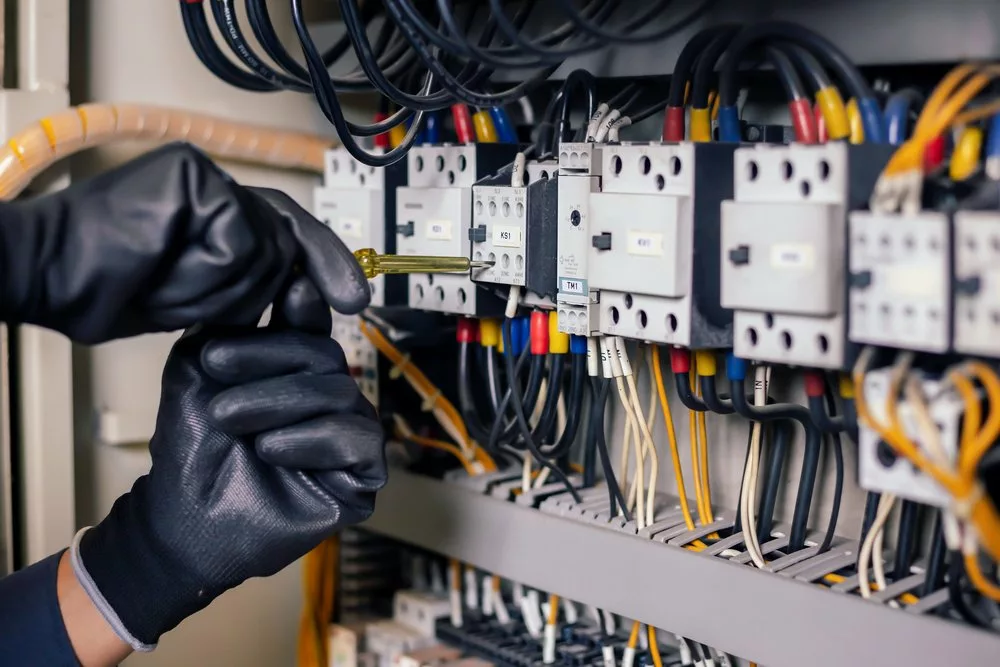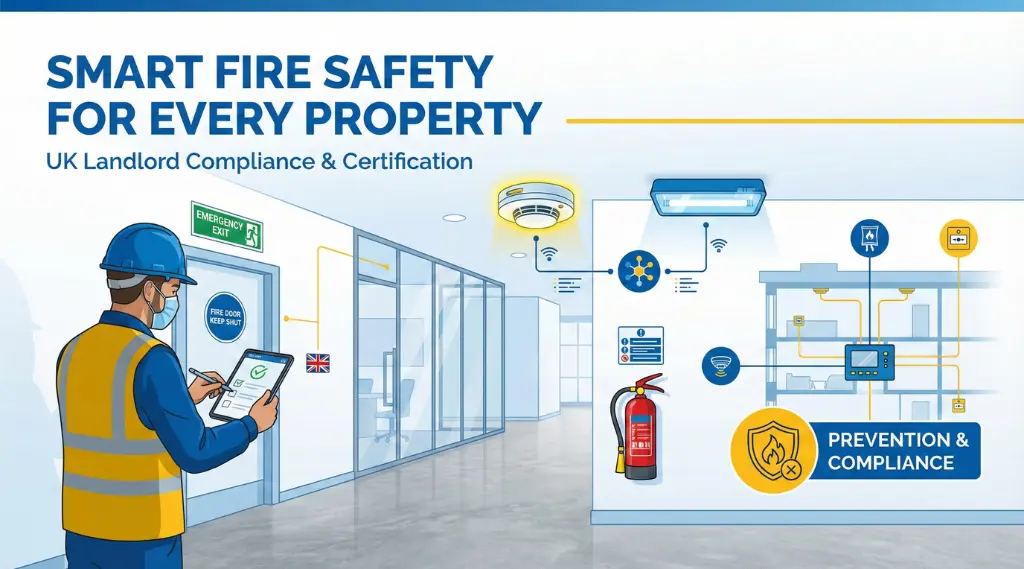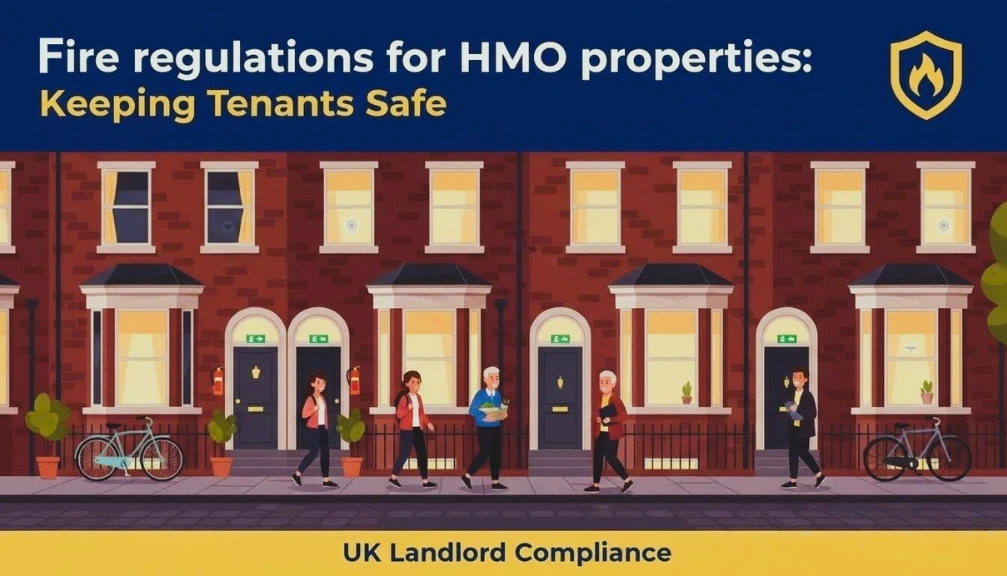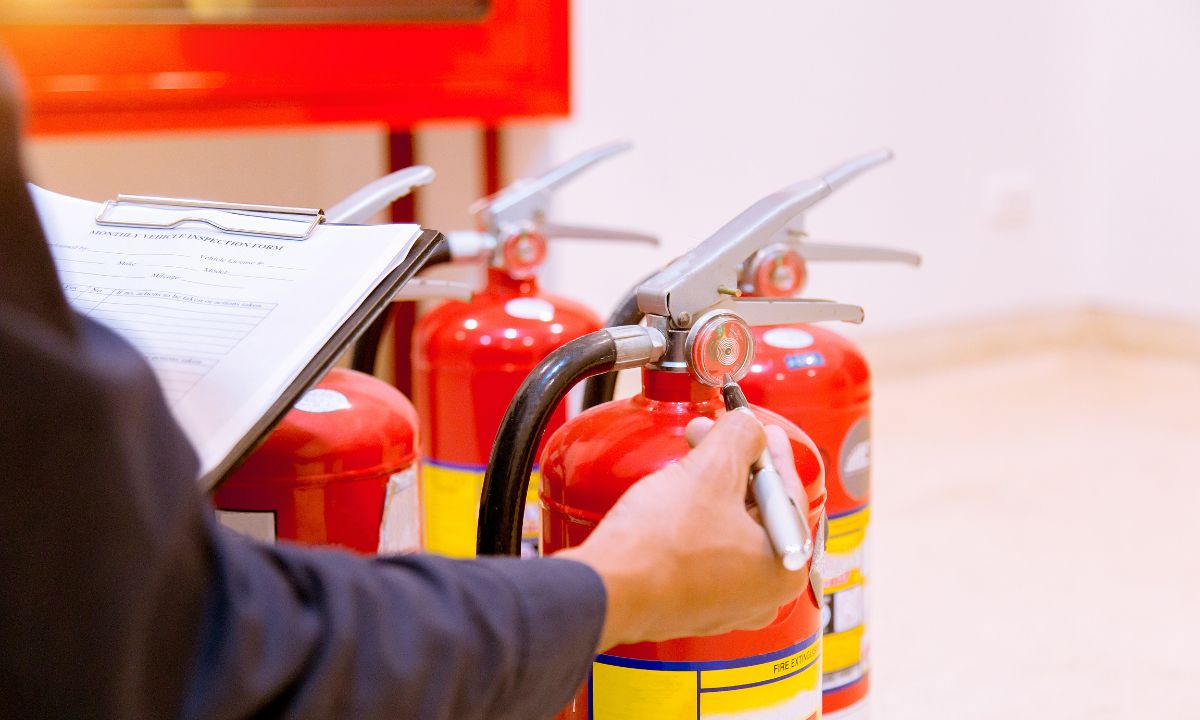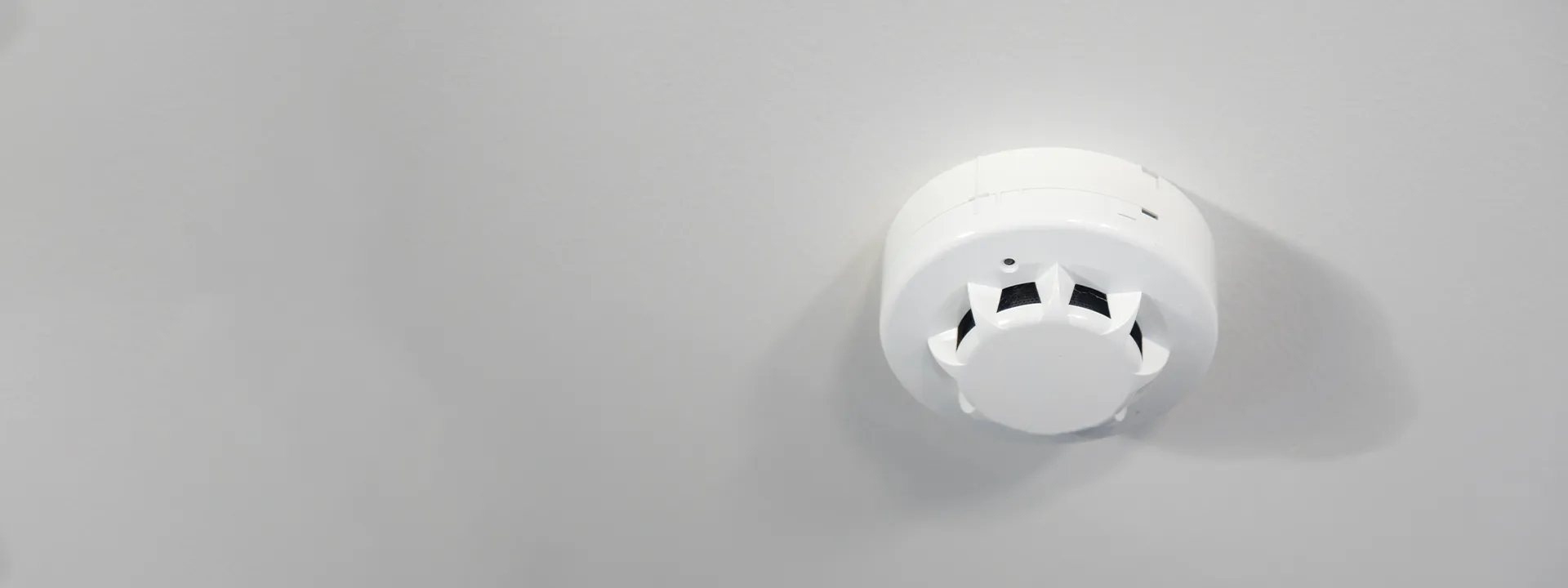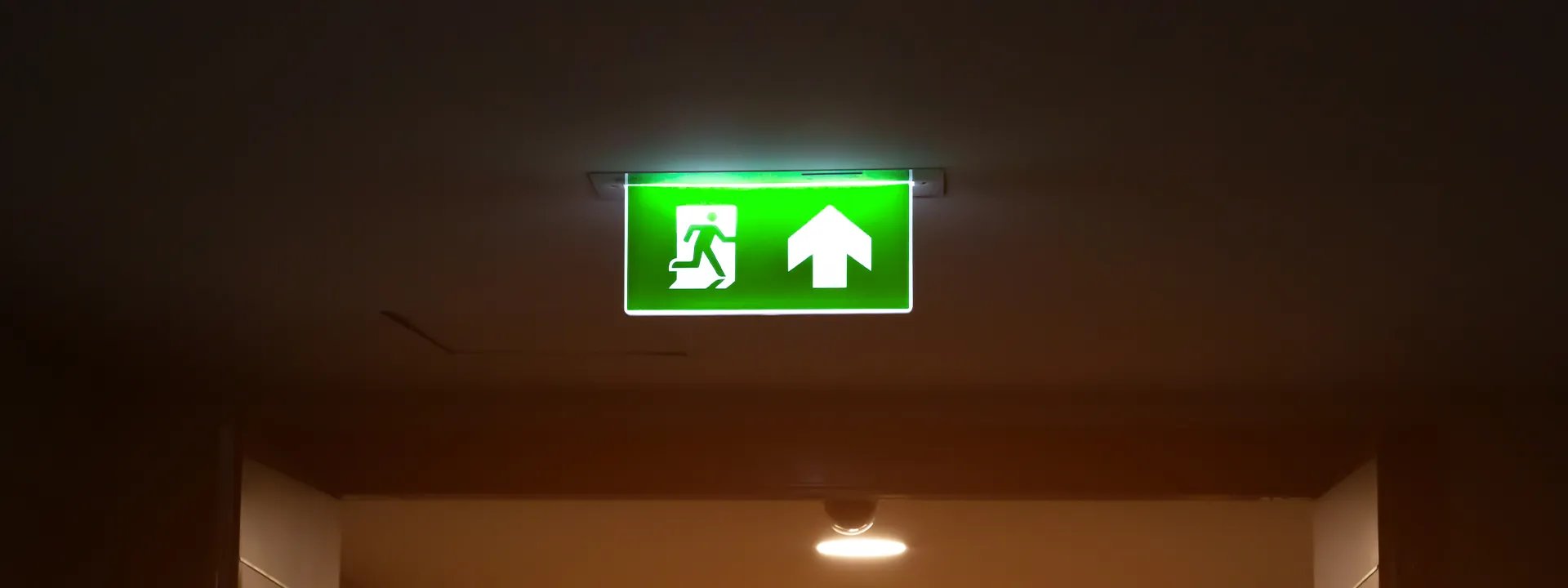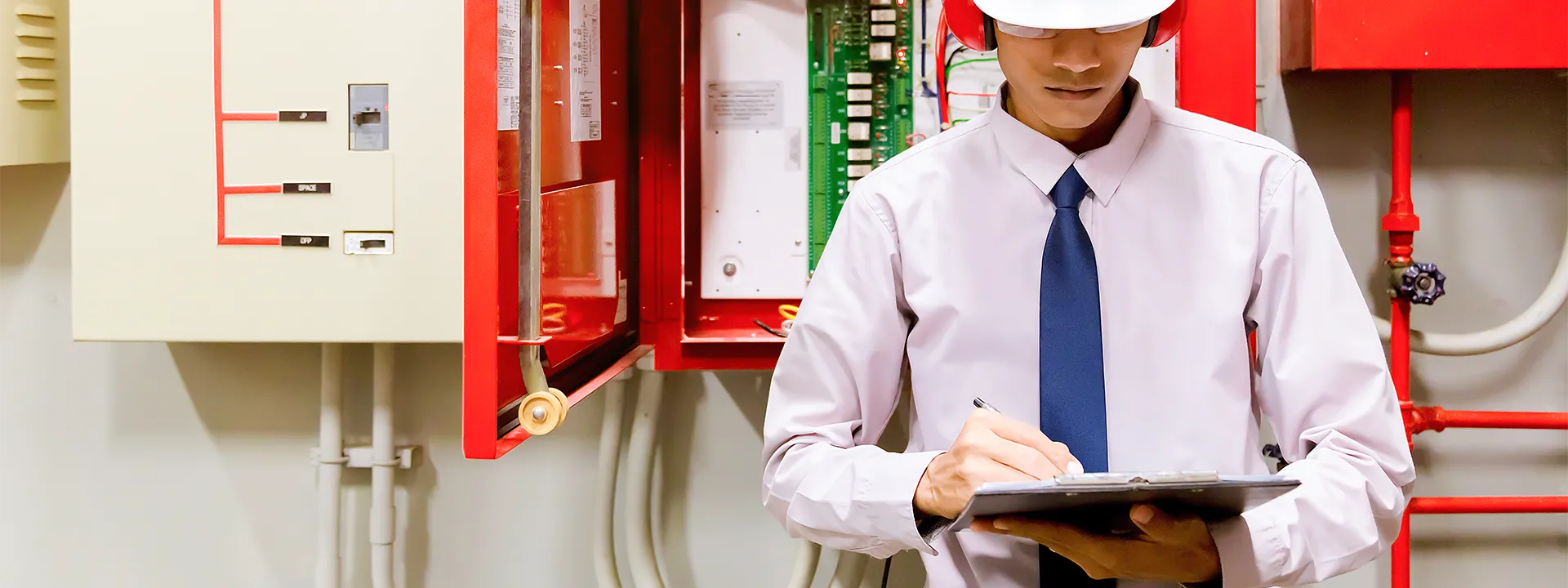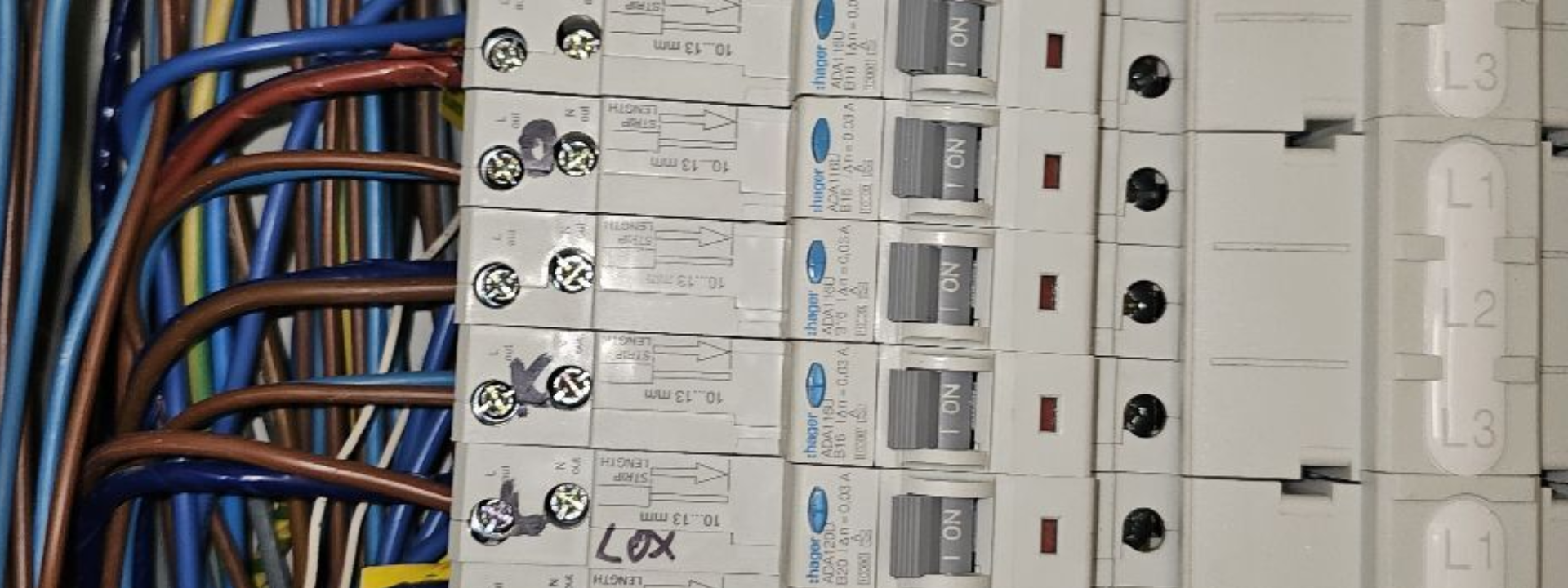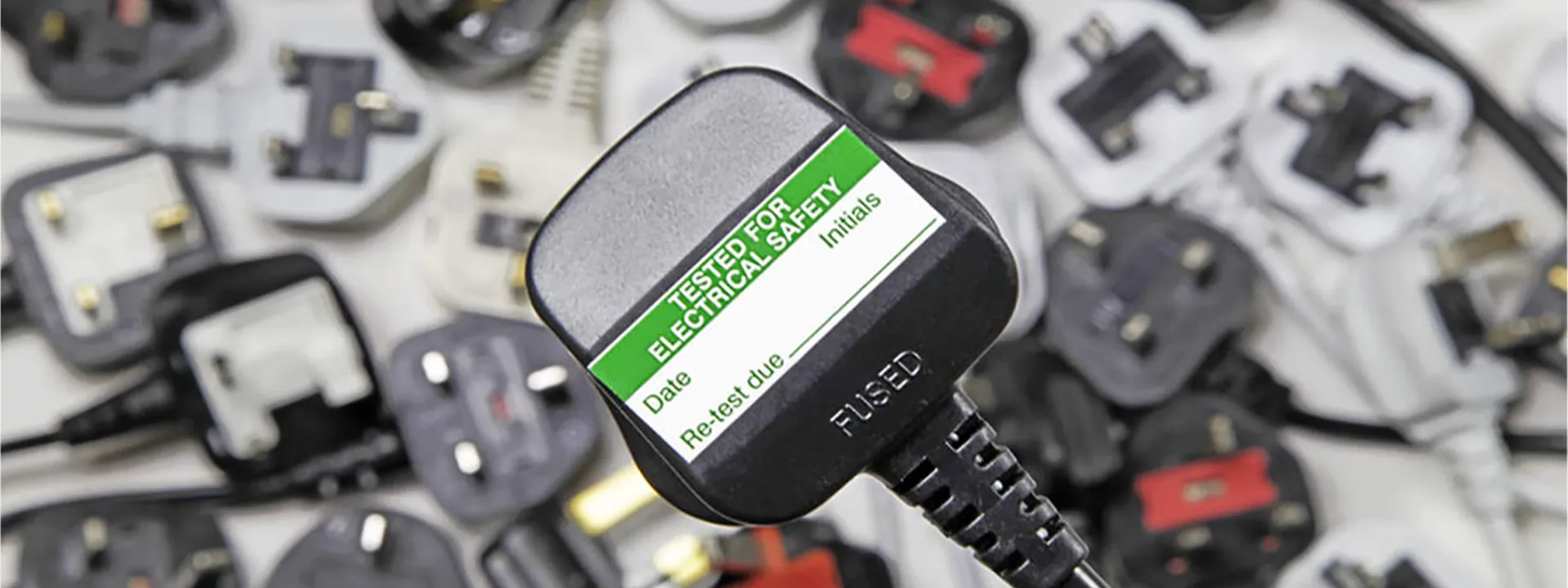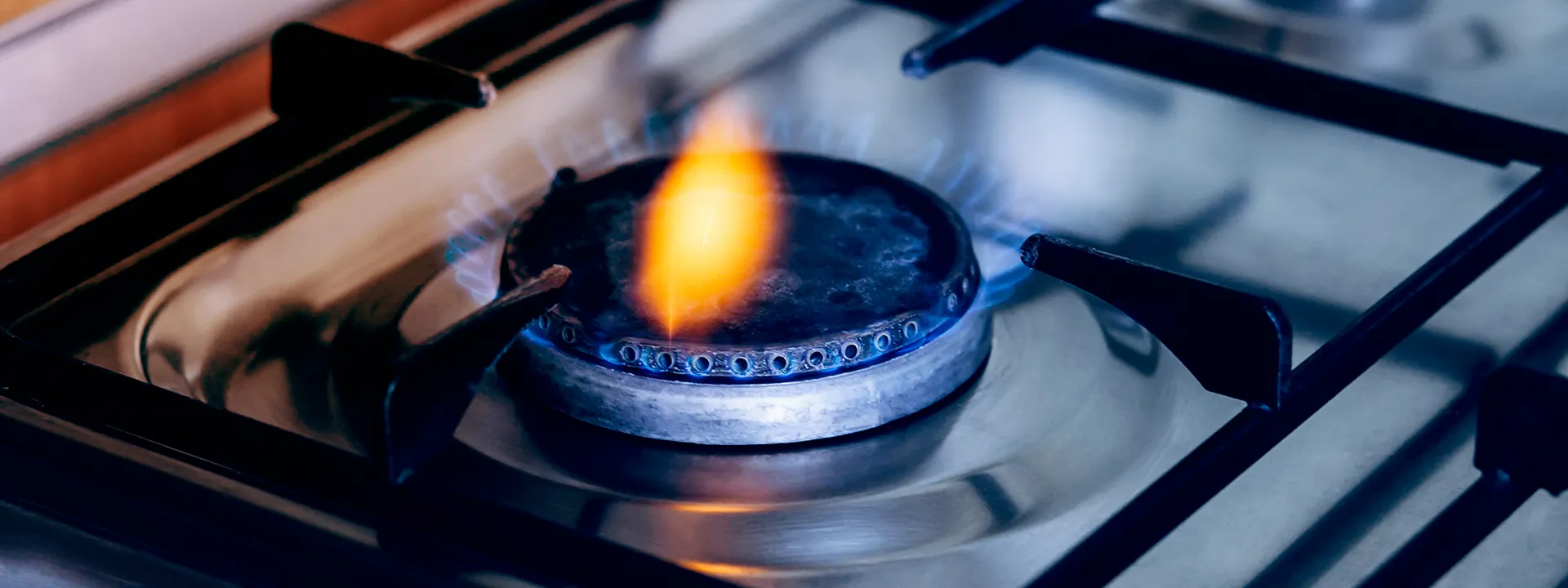Any home or property owner in London knows that the government can implement new or updated laws. And in most cases, these laws and regulations are implemented because the government wants to ensure the safety of all its people.
One such law that we will examine today concerns the Electrical Installation Condition Report or EICR. We will answer one vital question: When did EICR become mandatory in London?
Along with explaining when it became mandatory, we will also examine why it had to become mandatory and what a typical EICR is about. By the end, we are sure that you will have a clearer understanding of EICR and its importance for your property.
What is EICR?
An Electrical Installation Condition Report (EICR) is like a check-up for your home’s electrical system. It’s a detailed inspection that looks at all the wires, switches, and sockets to make sure everything is safe and working properly. If you are in London and need a reliable EICR, check out EICR London for comprehensive services.
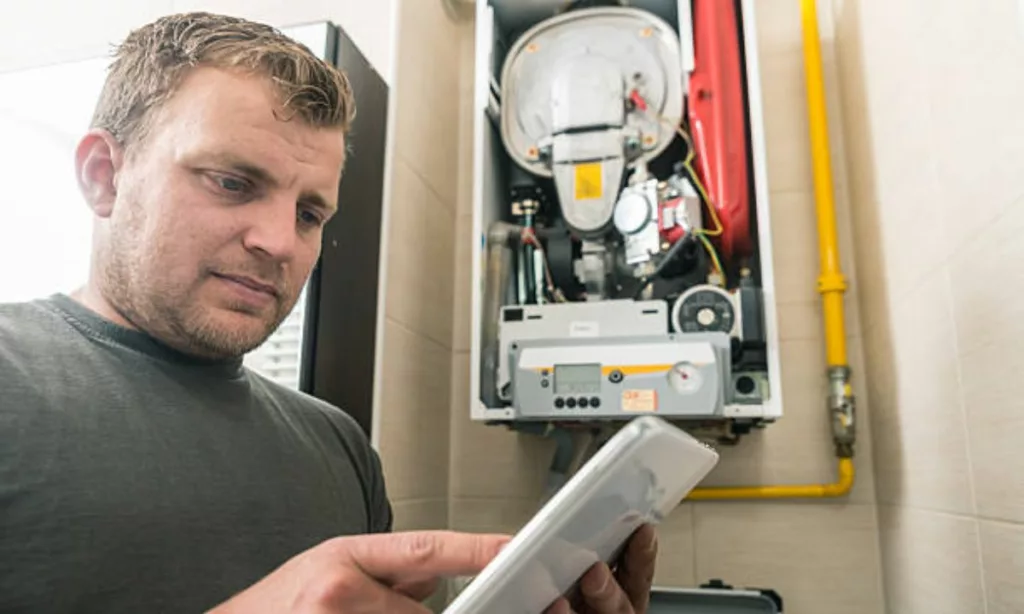
Think of it as a way to keep your home safe from electrical problems that could cause fires or shocks. Getting an EICR done is helpful because it gives you peace of mind knowing that your home’s electrical system is in good shape. It’s like getting a clean bill of health for your house’s electricity!
Read also: Importance of an EICR Certificate
When Did EICR Become Mandatory In London?
For quite some time, there have been talks about making electrical safety inspection a mandatory thing, especially for rental properties. In London and other parts of Britain, landlords typically do a great job of ensuring that their buildings are up to date with their electrical safety measures. However, there are always other landlords that aren’t so vigilant.
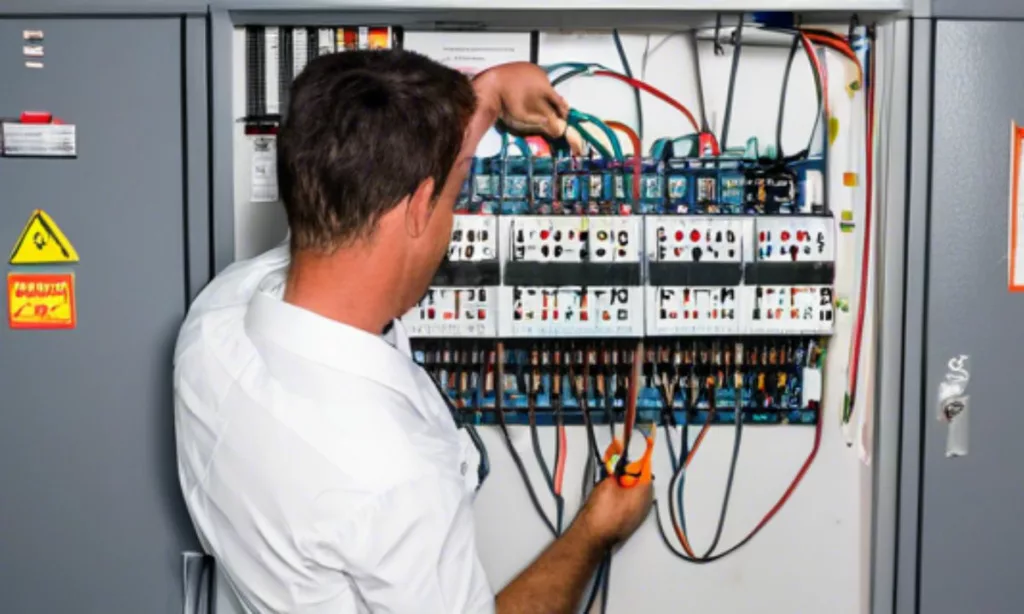
As such a mandatory electrical safety inspection enforced by the government will ensure electrical safety for everyone. And this is how the EICR became mandatory in London.
Back in 2018, the Electrical Standards Working Group held a consultation where the topic of discussion was electrical safety for private homes. Then, a year later, in 2019, the government got involved, and they replied to the consultation and their recommendations.
The result of discussions was that EICR was now mandatory for all landlords and they must be conducted at least once every five years. The law officially passed on 1st April 2020 and only applied for new tenancies from 1st July 2020. But from 1st April 2021, the new law was applied to all tenancies in England.
Surprisingly, Scotland took the lead on this matter with The Housing Act 2014, making electrical testing mandatory.
What Does The Updated EICR Regulation Include?
After EICR became mandatory in London back in 2019, there were some slight changes to the regulation. However, the core of the EICR has stayed the same since it was first put into place.
The Electrical Installation Condition Report (EICR) is there to make sure that electrical safety standards are met by all landlords. It ensures that all the electrical installations in a property are tested and checked for safety reasons.
Once the inspection is done, a landlord needs to:
![]() A report is obtained from the qualified inspector. The report must contain the results of the inspection, the findings, and the date of the next inspection.
A report is obtained from the qualified inspector. The report must contain the results of the inspection, the findings, and the date of the next inspection.![]() A copy of the EICR needs to be provided to all the tenants in the building within 28 days of inspection.
A copy of the EICR needs to be provided to all the tenants in the building within 28 days of inspection.![]() A copy of the EICR needs to be provided to the local housing authority within 7 days only if they require it.
A copy of the EICR needs to be provided to the local housing authority within 7 days only if they require it.![]() A copy of the EICR needs to be kept for the next inspection and test.
A copy of the EICR needs to be kept for the next inspection and test.![]() A copy of the latest EICR needs to be provided to all the tenants in the building if they are interested.
A copy of the latest EICR needs to be provided to all the tenants in the building if they are interested.
Why Does EICR Need to be Mandatory In London?
So you know when EICR became mandatory in London, but you might still be confused as to why it was needed in the first place. Many people believe that tenants are the only ones who need to follow electrical safety precautions.

However, there are other reasons why EICR needs to be conducted by landlords. Here are some of those reasons.
Ensuring Tenant Safety
The first and foremost reason for making EICR mandatory in London is to ensure the safety of tenants. Aside from the electrical devices inside each home, there are other ones in any building. Through EICR, these devices are checked and tested to ensure they aren’t faulty or damaged.
If these external devices aren’t checked, then the risk of fires and electric shocks will rise a lot.
Preventing Electrical Accidents
As we said above, if electrical devices and wires aren’t checked and tested, then they can cause a lot of damage. Dangers like injuries, property damage, and even loss of life can become a possibility because of neglecting electrical safety checks.
However, since EICR became mandatory in London, the chances of these accidents happening have decreased tremendously. This mandatory approach ensures every landlord is required by law to conduct the inspection so that safety is ensured for both tenants and properties.
Compliance with Regulations
By making EICR mandatory in London landlords are required by law to comply with the new regulations. The threat of legal action if not complied with ensures that no one tries to find a loophole to avoid it. The now-required inspections and tests by authorities require landlords to be accountable and responsible for the safety of their tenants.
Protecting Property Investments
For many landlords, the properties they manage or own are a valuable investment in itself. Thus, when EICR became mandatory in London back in 2019, it forced them to put electrical safety at the top of their to-do list. While at first many complained, after some time, most landlords understood that the new regulation ensured the protection of their property.
The EICR helped in the early detection of electrical issues, which reduced the chances of extensive property damage and financial losses.
Further Reading: Locating Your Electrical Safety Certificate Online
Conclusion
Since 2019 when EICR became mandatory in London more and more properties are now becoming safe against electrical damage. Before this, mandatory electrical inspections were only legally required in England for houses in multiple occupations (HMOs).
Electrical safety inspections might seem like a drag to most landlords, but they are vitally important. They ensure that buildings are safe from dangers like electrical fires, shocks, and such.
Therefore they must be conducted by trained professionals from quality landlord certification providers such as All Landlord Certificates. Contact us for both domestic and commercial EICR whenever you require.
